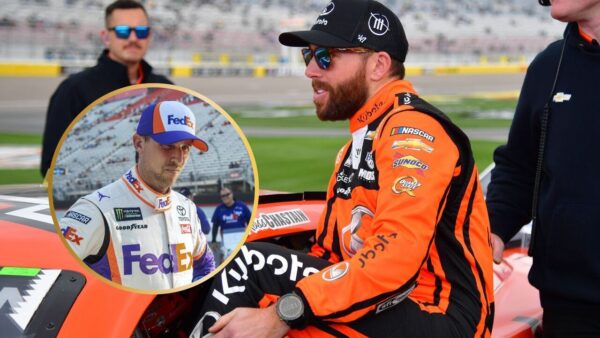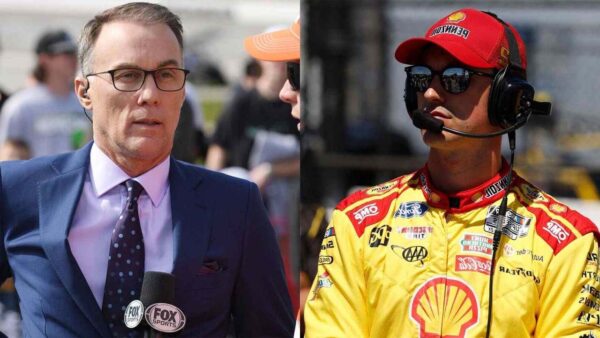Christian Horner asserts dirty air issues reaching ‘2021 levels’ with cars becoming ‘harder to follow’
Red Bull supremo Christian Horner has often lamented F1 car's inability to follow each other closely due to dirty air.

Christian Horner and Max Verstappen (Via: Imago)
FIA has always tried to maintain the spirit of racing by governing driver’s and team’s actions. On the other hand, for the first time in F1 history, the governing body aimed the regulation reset in view of racing action through the 2022 regulation change. However, this attempt has been understood to go in vain as the cars have out-developed the regulation set increasing the wake effect. This led to Red Bull Racing CEO Christian Horner to criticize the dirty air levels in recent races.
The 2022 regulation change brought in a major revamp in the design philosophy of cars. F1 cars now focused more on cleaner downforce, i.e., downforce generated through underbody and venturi tunnels. These changes were supposed to reduce the dirty air effect for a car closely following its rival by almost three times.
However, recent data have pointed in a different direction that F1 cars are closely losing about 35-40 percent of downforce when following another car. This urged Christian Horner to address the rising issue within the paddock.
Listening to the drivers, particularly in the debrief, it sounds like we're getting back towards 2021. Not as bad as 2021, but as the cars are becoming more developed, they're becoming harder to follow. So the dirty air is becoming a bigger issue. We'll draw a chunk of analysis out of that race in Hungary, you could see the middle sector was affected very badly. It happened even when Lando dropped behind Oscar in those last couple of laps.Christian Horner said in an interview with GPBlog
The Brit recalled that his drivers during the debrief have lamented the dirty air effect increasing in recent races. Moreover, this downforce loss is now comparable to 2021 levels as the wake left behind by the lead car had terrible consequences for the following car and lost grip/traction during crucial phases of the corner.
Christian Horner reveals Red Bull Powertrain’s capacity to supply engines
While Red Bull has aced the aerodynamics since the regulation reset, they now have the challenge of building an engine themselves. They had recently set up their RBPT factory in Milton Keynes but would have no expertise in building an engine from scratch.

Though becoming a supplier engine manufacturer has its advantages, Horner remained cautious and focused on providing engines for the two Red Bull-owned teams on the grid.
If something comes up later, we are open to the right partner. With the facilities we have here, we can supply engines to four teams. That is not a problem in terms of supply. In the future, as I said, we are open to that, but in the short term our focus is on both Red Bull teams.Christian Horner said in an interview with Motorsport.nl
Despite initially catering to their own needs, the Englishman did not close all doors for future customers. He asserted that the team would supply engines to a partner that they would feel right as they have the capacity of supplying F1 engines to four teams which could aid them in expanding their business within the championship.
However, there are still two more years before RBPT starts making engines on their own. Thus, the Austrian giant would be concerned about the current constructor’s standings as they are closely followed by McLaren behind.
In case you missed it:
- ‘Open-minded’ Aston Martin refuses to rule out signing aero genius Adrian Newey
- Oscar Piastri laments McLaren’s ‘missed opportunities’ amidst close fight at the front







